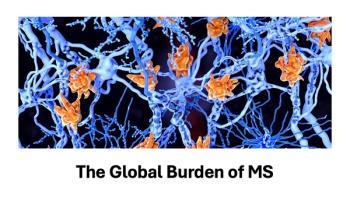
ICER Launches Subscription-Model Tools
The "interactive modeler" will allow users to plug in their own assumptions.
ICER, the Boston drug pricing organization, is rolling out interactive tools this year for which it will be charging a subscription fee. Charging for access to the tools will be a departure for ICER. Its voiuminous cost-effectiveness report will still be publicly available. But the tools stand to be a significant source of revenue for the organization, which has been dependent on foundation funding.
In a presentation at the
“We know that in every model there are some assumptions that people are going to disagree with-or that some people will want to tailor to fit their population,” Pearson said. “You will be able to go in and put in your own assumptions-whichever ones you want to. You will be able to tailor the results to your own population.”
Pearson gave as examples an insurer whose migraine population may deviate from the standard one or a drugmaker who wants to plug in some real-world evidence that shows that its drug is more effective than otherwise believed.
Pearson said the tool will be free to payers for six months before the subscription fee kicks in “so hopefully we can get people addicted to it.” After his presentation, he said the organization is still figuring out how much it will be charge for a subscription. Pearson said ICER will make it free for some groups, such as patient organizations. Pearson said the interactive modeler will be available sometime this year.
Related:
The other tool that Pearson pitched to the audience at the pharmacy benefit meeting is a searchable, digitized database of the information in ICER’s reports. The “evidence compendium” will allow the user to set filters so they can home in on particular drugs, conditions, QALY thresholds, and the like. “I think of it as a way to really use our results in much more friendly and hopefully actionable way,” said Pearson.
“We have 25,000 PDF pages” of ICER reports," said Pearson, explaining the advantage of the searchable information, “and I can’t find things on the ICER website.”
Pearson said the evidence compendium will also have curated videos of clinical experts, patient advocates as well as him and other ICER staff summarizing key points about the drugs that ICER has assessed.
Newsletter
Get the latest industry news, event updates, and more from Managed healthcare Executive.






















































